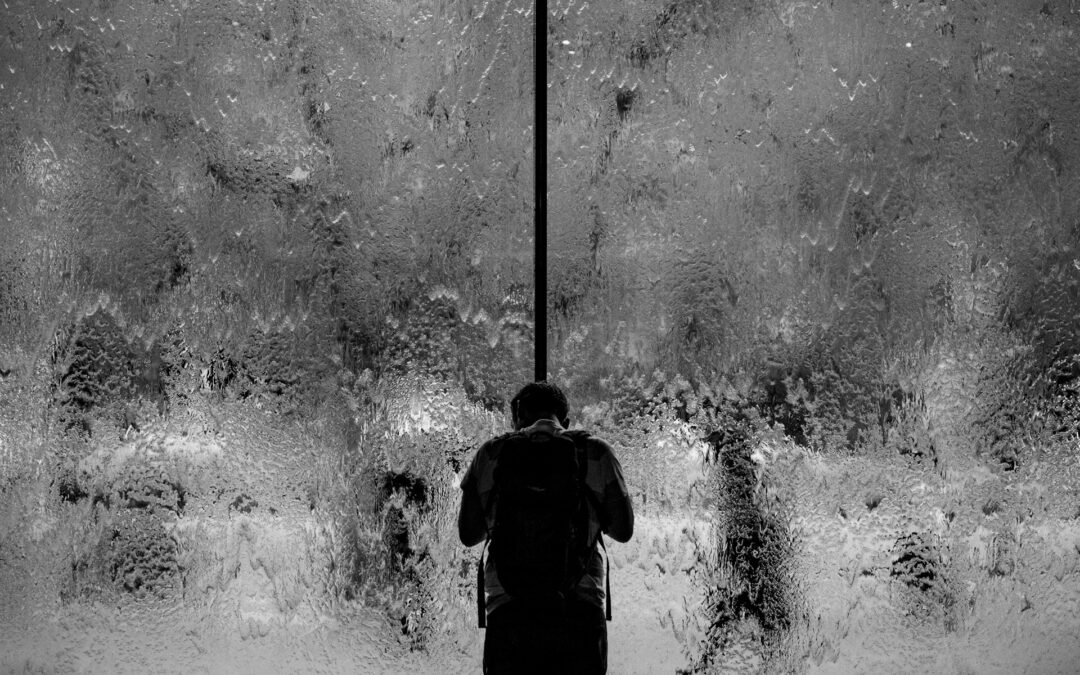In an era dominated by individualism, particularly in Western societies, the dilemma of loneliness becomes increasingly pronounced. While the digital age offers unparalleled connectivity, there’s a growing concern about social isolation, both among the elderly and individuals across various age groups. This paradox raises essential questions about the price we pay for social interaction and the potential consequences of choosing solitude over a bustling social life.
The Loneliness Epidemic
The dilemma of loneliness is multifaceted. It’s evident in the plight of the elderly, often consigned to retirement homes, deprived of the companionship of busy children and grandchildren. But it’s not limited to this demographic; we see social isolation becoming a deliberate choice among people of all ages. The allure of solitude, with its tranquility and personal space, draws many away from the hustle and bustle of social life.
Yet, despite our inclination towards solitude, loneliness persists. Numerous studies reveal the adverse effects of loneliness on mental and physical health. It’s a paradoxical situation where, in a world teeming with over 7 billion people, many choose to remain alone, often experiencing feelings of disconnection and not belonging.
The Socialization Conundrum
Why do we, as social creatures, gravitate towards solitude, building walls around ourselves and resisting the pull of human interaction? Could it be because we are averse to the price that comes with socializing? The act of forging connections demands time, effort, and sometimes, emotional investments that not everyone is willing to make.
Having spent time in Asia, immersed in a collectivist culture, I experienced firsthand the pros and cons of a society where close-knit bonds and communal living are the norm. On one hand, it’s heartwarming to have an abundance of people to connect with, whether through family ties, accessible social groups, or the friendly faces on the streets. The ease of spontaneous social interaction is refreshing, a stark contrast to the meticulously scheduled meetups common in individualistic societies.
However, there’s a flip side to this collectivist coin. With interconnectedness comes an undeniable sense of community surveillance. Everyone knows everyone’s business, and the pressure to conform to group norms can be stifling. The suffocating effect of constant social obligations sometimes led me to seek refuge in solitude, a temporary escape from the watchful eyes of my collective.
The Balancing Act
Now, back in the solitude of my individualistic Western lifestyle, I acknowledge the potential for loneliness to creep in. While there’s a distinction between loneliness and aloneness, it’s essential to recognize that, as humans, we require some degree of human connection for our overall well-being.
Fortunately, there are avenues to bridge the gap between solitude and isolation. Finding a group of like-minded friends, joining clubs, or participating in community activities can fulfill our need for social interaction without sacrificing our individuality. Yet, these avenues are not without their costs. They often demand our time, sometimes our money, and occasionally, our conformity to group dynamics and beliefs that may not align with our values.
In some cases, unwavering conformity to ideologies or religious doctrines can lead to what philosopher Albert Camus termed “philosophical suicide.” In the quest for belonging, we may relinquish our capacity for independent thought and critical questioning.
Seeking the Middle Ground
The dilemma of loneliness necessitates a balanced approach. It begins with the acknowledgment that social interaction, no matter how appealing, always entails some degree of sacrifice. Finding a middle ground, a compromise between solitude and socialization, is key to maintaining our sanity and well-being.
The joy of solitude without the misery of loneliness and the delight of social connection without losing ourselves within it can coexist. To achieve this balance, it’s crucial to establish clear boundaries and seek connections with like-minded individuals who respect those boundaries. With a healthy equilibrium, we can enjoy the best of both worlds, nurturing our individuality while embracing the enriching experiences of human connection.
As we navigate the digital age and its evolving forms of social interaction, it’s essential to remember that true human connection transcends pixels and megabytes. While online interactions have their merits, the authenticity of face-to-face communication, with its non-verbal cues and minimal technological interference, remains unparalleled.
In the end, the dilemma of loneliness may find resolution in our willingness to make sacrifices to connect while also preserving our unique identities. It’s a delicate balancing act that, when mastered, can lead to a life enriched by both solitude and social bonds.

